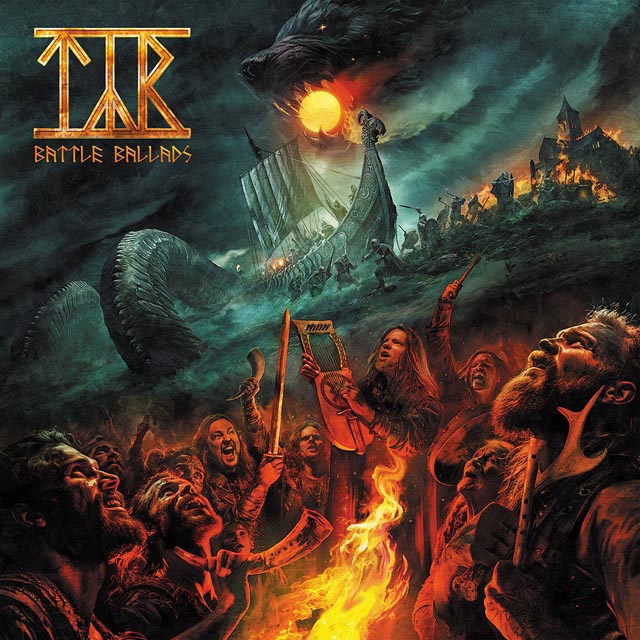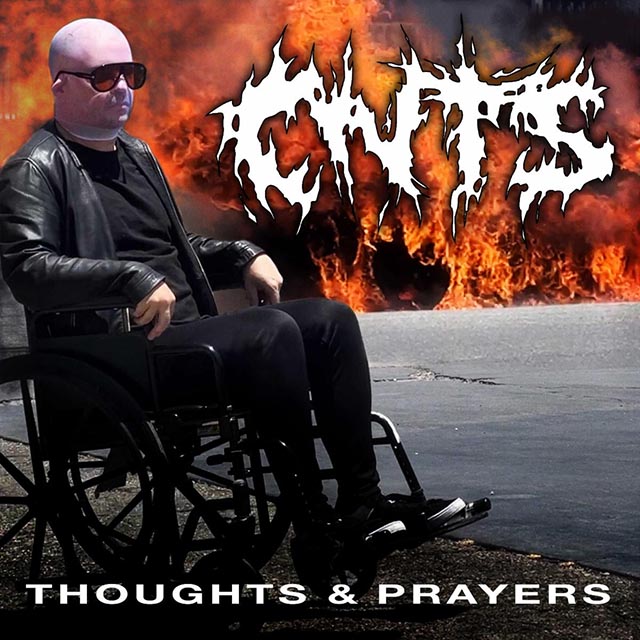
It looks like more artists than originally thought may have lost their recordings in the 2008 Universal Music Group fire. A new article published in the New York Times Magazine on Tuesday (25th) lists more than 700 names believed to have lost their master tapes in the blaze.
The new list of names was gathered from three separate lists compiled by Universal Music Group during their “Project Phoenix” search efforts between 2009 and 2010, when the company was suing NBCUniversal, who owned the storage facility, to recoup damages from the fire. Only artists’ names were on the lists along with ratings noting the importance of finding each artist’s work and does not mention which recordings may have been lost.
Names on the list include artists from throughout Universal Music Group’s long musical history. The oldest recordings come from the company’s Decca and Chess archives, labels that were home to early “American pop, jazz, blues and rock ‘n’ roll classics” back in the 1940s and 50s. “Newer” recordings from the 60s through the 2000s spanned rock, pop, country, blues, jazz, hip-hop, comedy and R&B. High-profile artists such as The Eagles, Elton John, The Who, Peter Frampton, Lynyrd Skynyrd, Olivia Newton-John Ella Fitzgerald, Louis Armstrong and more are on the list. Metal, alternative and punk fans would be heartbroken to learn that masters from the likes of Aerosmith, Asia, Audioslave, Blink 182, Boston, Belinda Carlisle, The Carpenters, The Damned, Extreme, Guns N’ Roses, Hole, Jawbreaker, Limp Bizkit, The Mavericks, Duff McKagan, Meat Loaf, Nazareth, Nelson, Night Ranger, Nine Inch Nails, Nirvana, No Doubt, Iggy Pop, Primus, Puddle of Mudd, R.E.M, Sonic Youth, Soundgarden, Styx, Tesla, Veruca Salt, Whitesnake, White Zombie, Rob Zombie and more may be gone forever.
Earlier this week, a class-action lawsuit was filed by lawyers representing Hole, Soundgarden, Steve Earle and the estates of Tom Petty and Tupac Shakur against Universal Music Group, claiming that the company knew the extent of the damage and never told their artists about the loss. The suit seeks “50% of any settlement proceeds and insurance payments received by UMG for the loss of the Master Recordings, and 50% of any remaining loss of value not compensated by such settlement proceeds and insurance payments,” an amount “in excess of $100 million.”
In a new effort to provide artists with transparency, Universal Music Group has taken on a new search effort to catalog which master tapes they have at what storage facility. Variety published a memo from Universal Music Group SVP of Recording Studios & Archive Management Patrick Kraus Wednesday following the new NYT piece, detailing their efforts. According to the memo, the company has created a new team of 70 archivists, engineers, producers, developers and musicologists around the world to:
“handle everything from receiving, logging and tracking requests to archival research, data analysis, A&R administration and asset retrieval.”
Even with these new efforts, Universal Music Group and its parent company Vivendi are still playing down the extent of the damage. In an interview with Billboard, Kraus recognizes that there was great loss in the fire, but said that the numbers in the original New York Times story were overstated:
“Many of the masters that were highlighted as destroyed, we actually have in our archives — the Impulse [Records]/[John] Coltrane stuff, Muddy Waters, [jazz pianist] Ahmad Jamal, [gospel label] Nashboro Records, Chess Records, to name a few. Those are some of the things we’ve gone through. Just in the last two days, we’ve found those examples in the archives.”
In a statement on Friday, Vivendi chief executive Arnaud de Puyfontaine called the whole controversy “just noise.”
The full list of artists whose work may potentially have been lost in the fire is available in the New York
Times Magazine article.







